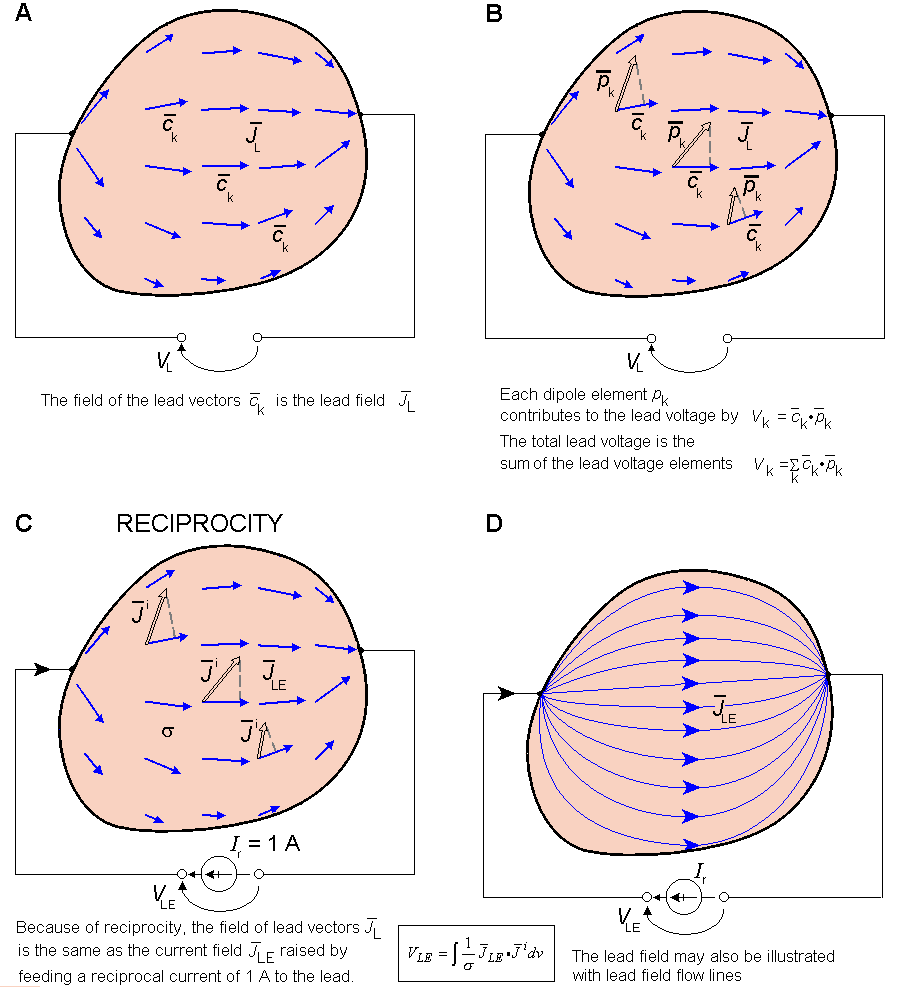

Fig. 11.19. The definition of the lead field and different ways to illustrate it.
 (A) When defining the lead field, we assume a fixed electrode pair constituting a lead, and we observe the behavior of the lead vector
(A) When defining the lead field, we assume a fixed electrode pair constituting a lead, and we observe the behavior of the lead vector  as a function of the location k of the dipole source within the volume conductor. This field of lead vectors is the lead field
as a function of the location k of the dipole source within the volume conductor. This field of lead vectors is the lead field  L.
L.
 (B) When we know the lead vector
(B) When we know the lead vector  at each location k, we obtain the contribution of each dipole element
at each location k, we obtain the contribution of each dipole element  k to the lead voltage: Vk =
k to the lead voltage: Vk =  k ·
k ·  k . Due to superposition, the total lead voltage VL is the sum of the lead voltage elements.
k . Due to superposition, the total lead voltage VL is the sum of the lead voltage elements.
 (C) Based on the reciprocity theorem, the lead field
(C) Based on the reciprocity theorem, the lead field  LE is the same as the electric current field if a (reciprocal) current I r of 1 A is introduced to the lead. The lead voltage due to a volume source of distribution
LE is the same as the electric current field if a (reciprocal) current I r of 1 A is introduced to the lead. The lead voltage due to a volume source of distribution  i is obtained through integrating the dot product of the lead field current density and the source density throughout the volume source.
i is obtained through integrating the dot product of the lead field current density and the source density throughout the volume source.
 (D) The lead field may also be illustrated with the lead field current flow lines.
(D) The lead field may also be illustrated with the lead field current flow lines.